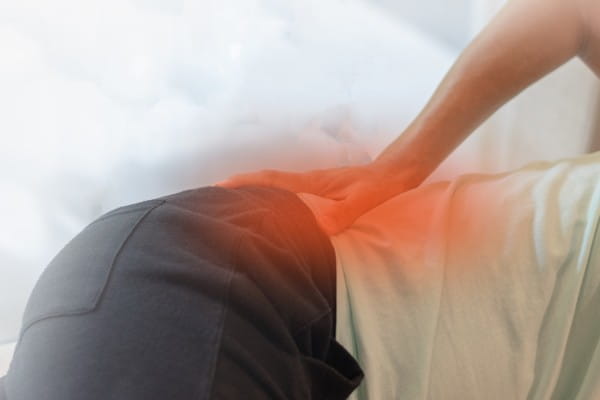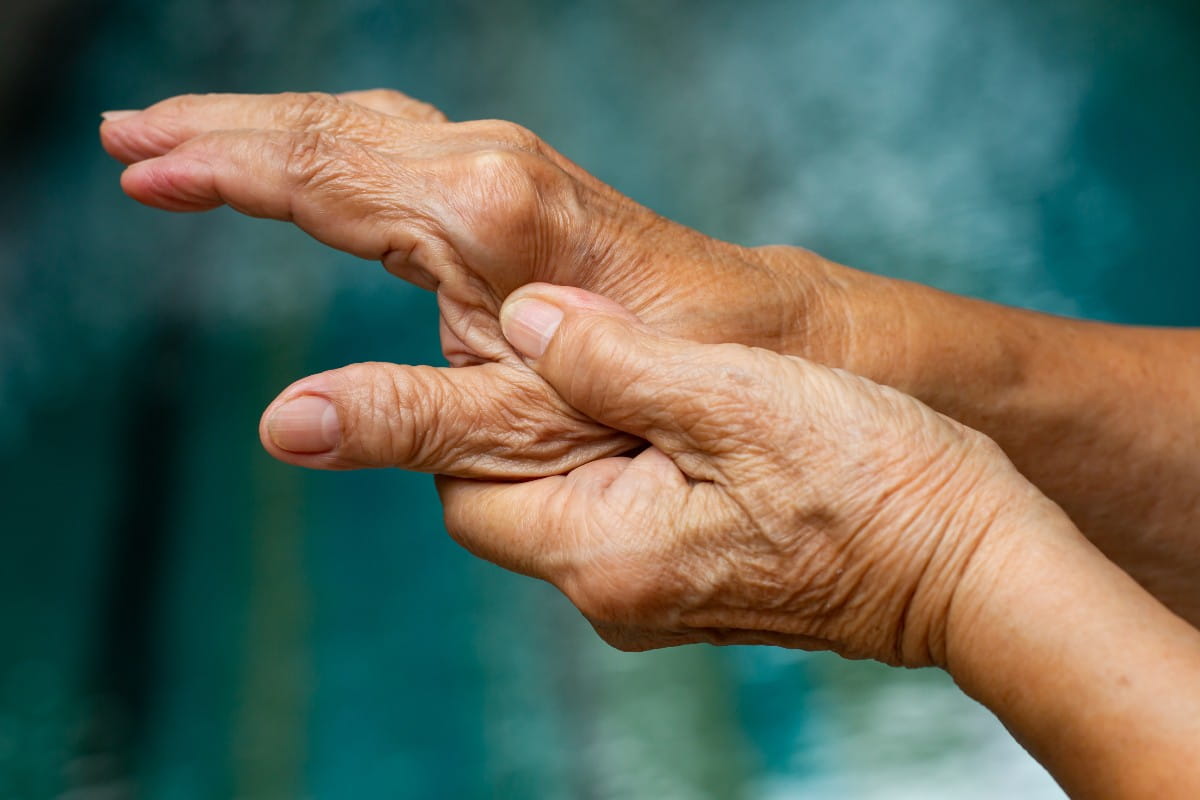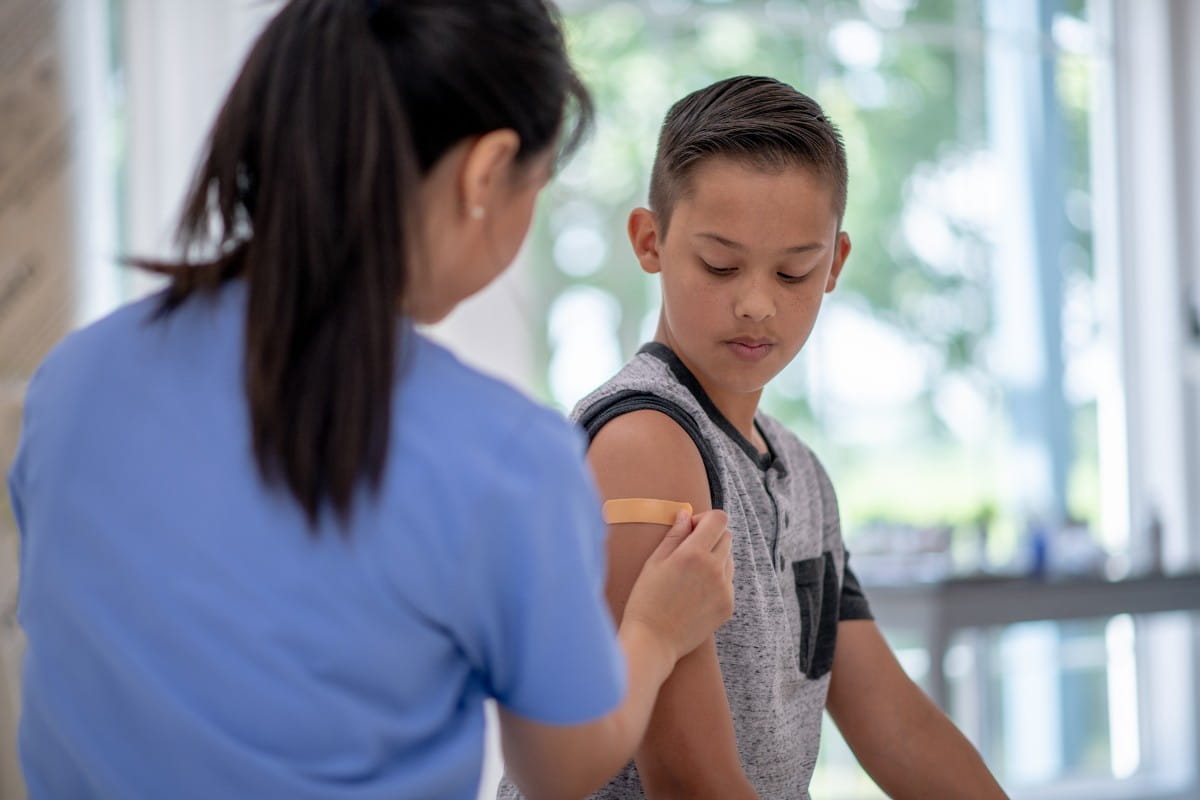Understanding Kidney Stones
Kidney stones can be as small as a grain of sand or as large as a quarter, and they can cause severe pain as they move through the urinary tract. These hard deposits form when minerals and salts crystallize in the kidneys, leading to intense discomfort and potential complications if left untreated.
"If you suspect that you or a loved one has a kidney stone, get medical attention right away," says Jack Lambert, M.D., a urologist with Riverside Urology Specialists Shore. "Smaller kidney stones might pass through your urinary tract without treatment, but larger kidney stones often require surgical intervention."
Your doctor can diagnose kidney stones through imaging studies, although blood and urine tests may be ordered if a kidney stone is suspected. The treatment approach will depend on the stone’s size, location, and severity of symptoms.
What Causes Kidney Stones?
Kidney stones develop due to an accumulation of certain chemicals in urine. While they can occur without warning, several factors increase the risk of developing them:
- Dehydration
- High-sodium, high-protein, or high-sugar diet
- Diabetes
- Digestive disorders or surgeries
- Family history of kidney stones
- High blood pressure
- Obesity
According to the National Kidney Foundation, more than half a million people visit the emergency room each year due to kidney stones. Men have a 19% lifetime risk, while women have a 9% lifetime risk of developing kidney stones.
Kidney Stone Symptoms
Kidney stones symptoms can vary in intensity and may come and go in waves. Some of the most common signs include:
- Severe pain in the lower back, sides, abdomen, or groin
- Painful urination
- Blood in urine
- Frequent or urgent need to urinate
- Cloudy or foul-smelling urine
- Nausea and vomiting
- Fever and chills
- Difficulty urinating or passing small amounts of urine
If you experience intense pain or any of these symptoms, seek medical care promptly.
Kidney Stone Treatment Options
If you have kidney stones, your physician will recommend a treatment plan based on the size and location of the stone. Treatment options include:
- Shock wave lithotripsy – Uses shock waves to break up kidney stones into smaller fragments that can pass naturally.
- Cystoscopy and ureteroscopy – A minimally invasive procedure where a small camera is inserted through the urethra to locate and remove the stone.
- Percutaneous nephrolithotomy – A surgical procedure for larger kidney stones, requiring a small incision in the back for the nephoscope to remove the stone directly from the kidney.
- Ureteral stent placement – A flexible tube inserted into the urinary tract to help urine flow and assist in passing the stone.
“If you’re trying to prevent another kidney stone, make sure to drink lots of fluids and cut down on protein,” says Dr. Lambert. “Limiting your salt intake and increasing your citrus consumption – such as grapefruit, lemons, and oranges – can also help you avoid getting a kidney stone again.”
Your physician may also ask you to collect urine for 24 hours after passing a kidney stone to ensure normal kidney function and determine any underlying causes.
Schedule an Appointment with Riverside Urology
The expert urology team at Riverside is dedicated to providing comprehensive care for kidney stones and other urologic conditions. If you need medical assistance, notify your primary care provider to schedule an appointment with Riverside Urology Specialists Shore or with the Riverside Urology Specialists location nearest to you. If you experience severe symptoms, call 911 or visit your local Emergency Room.



